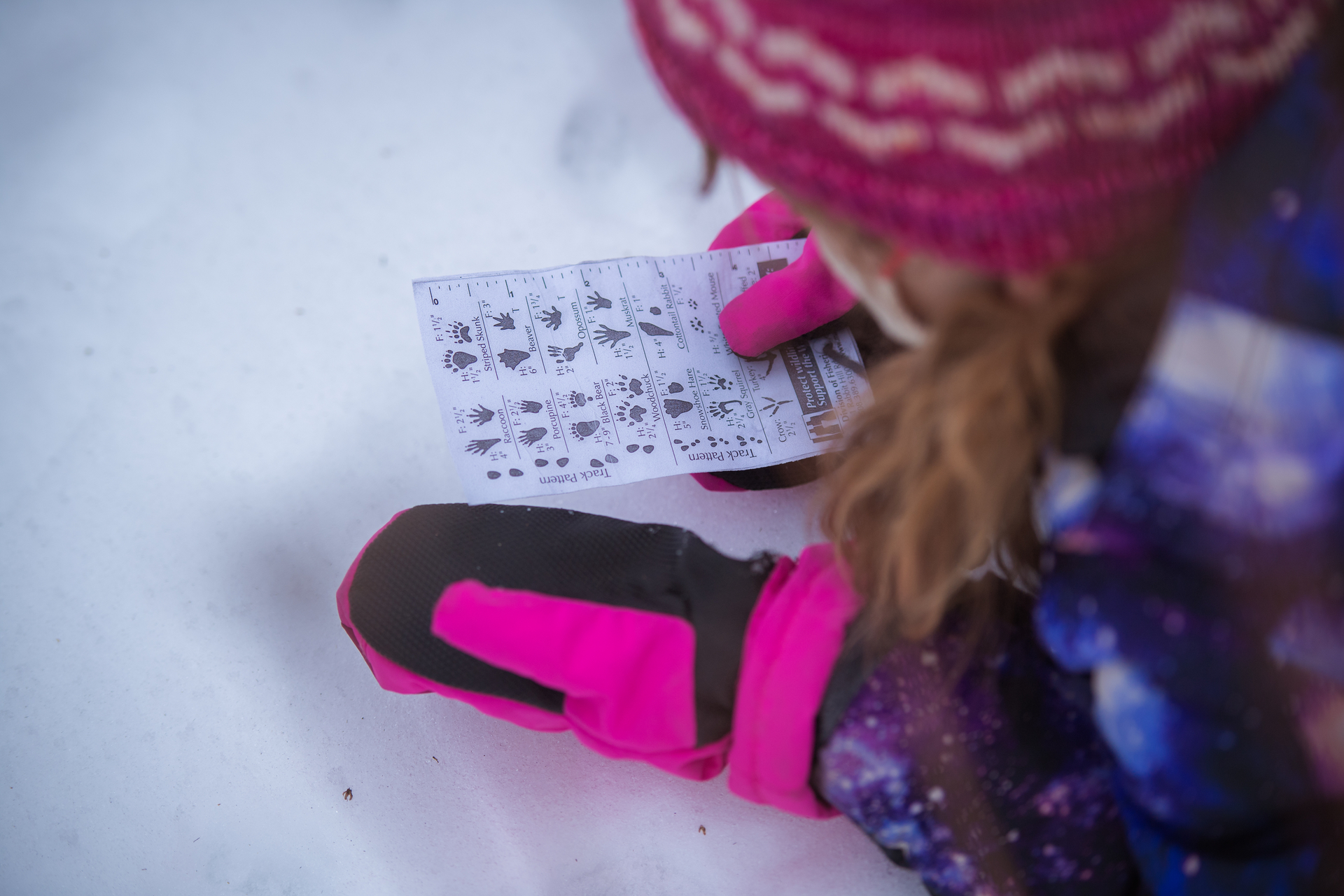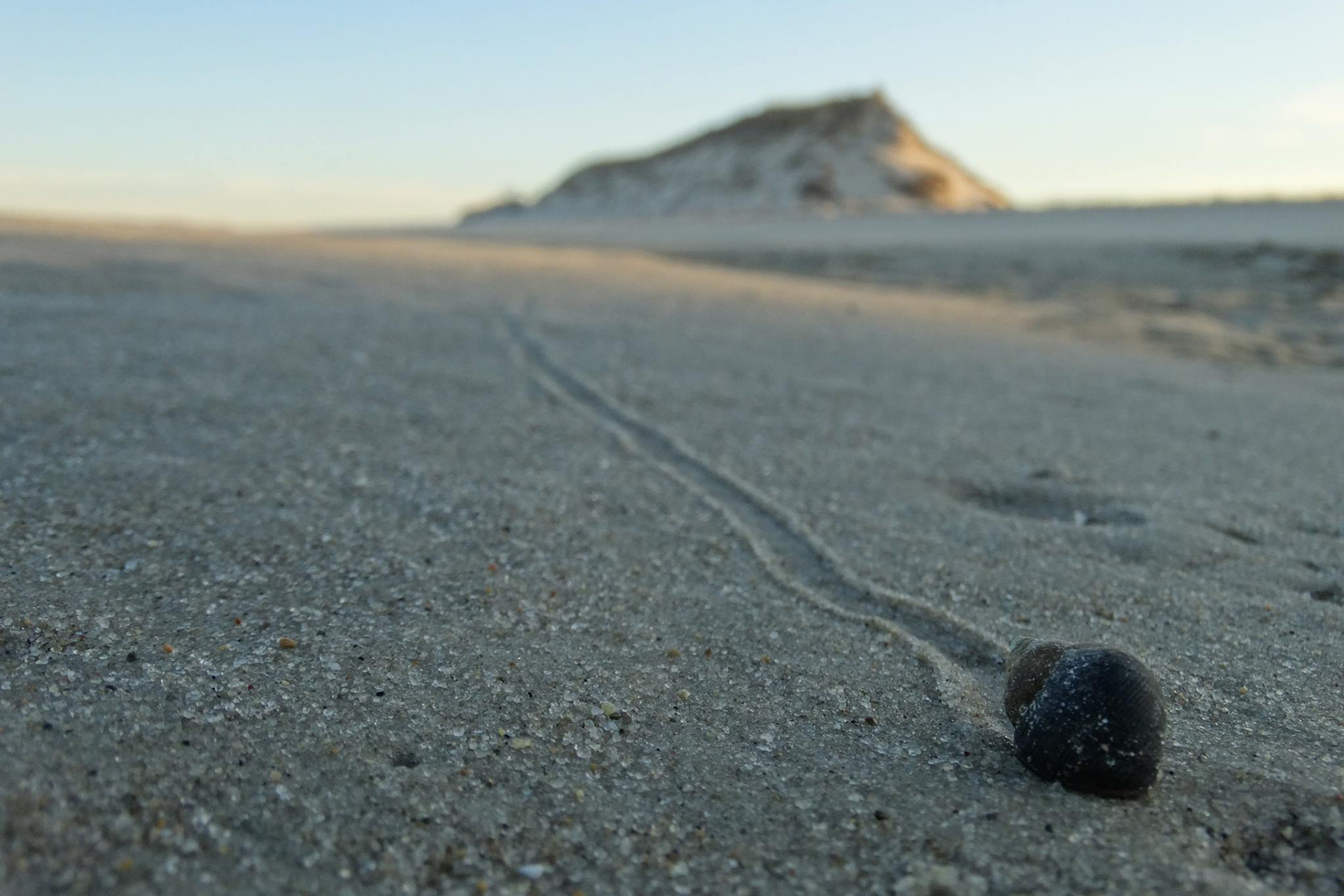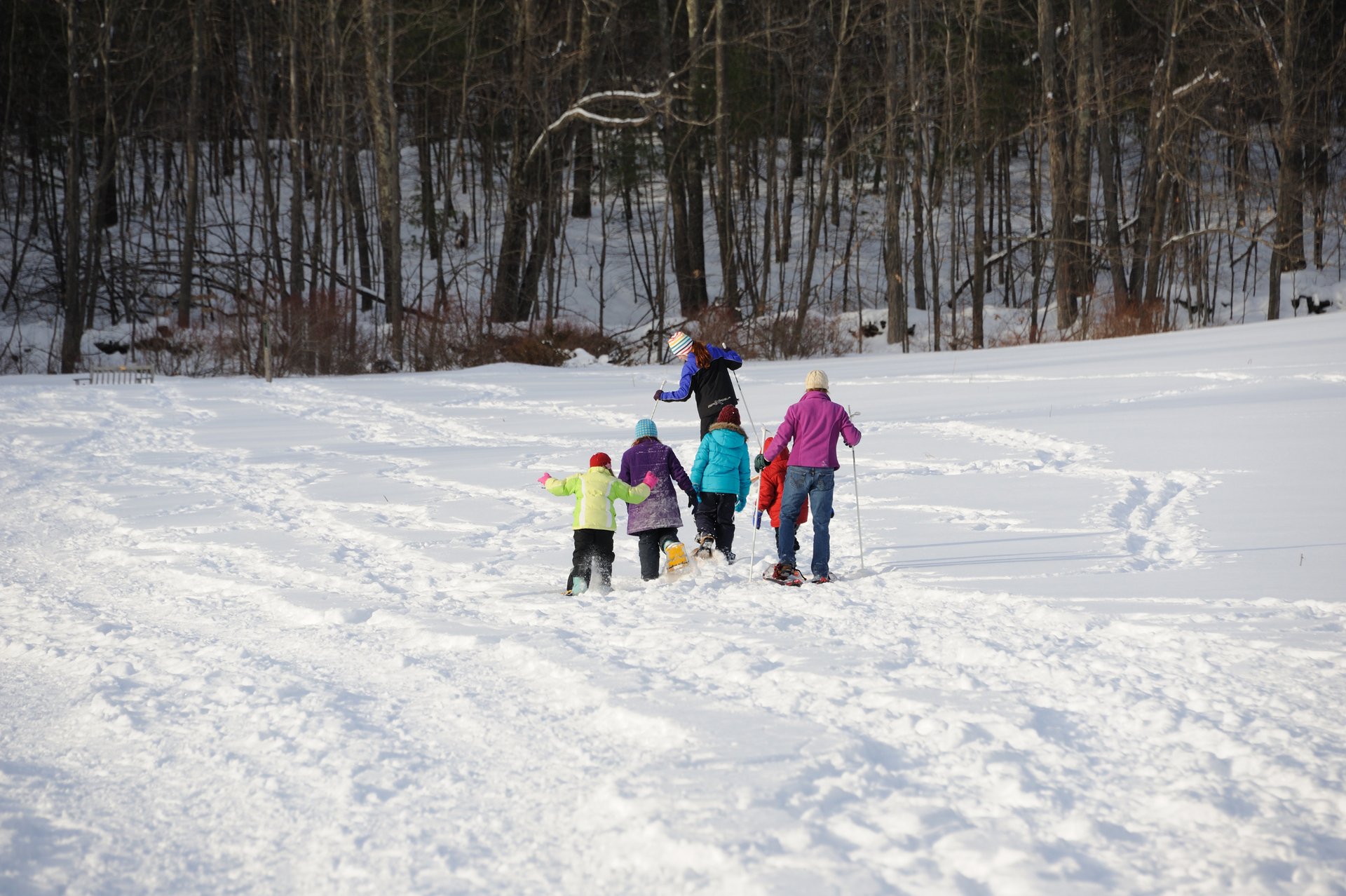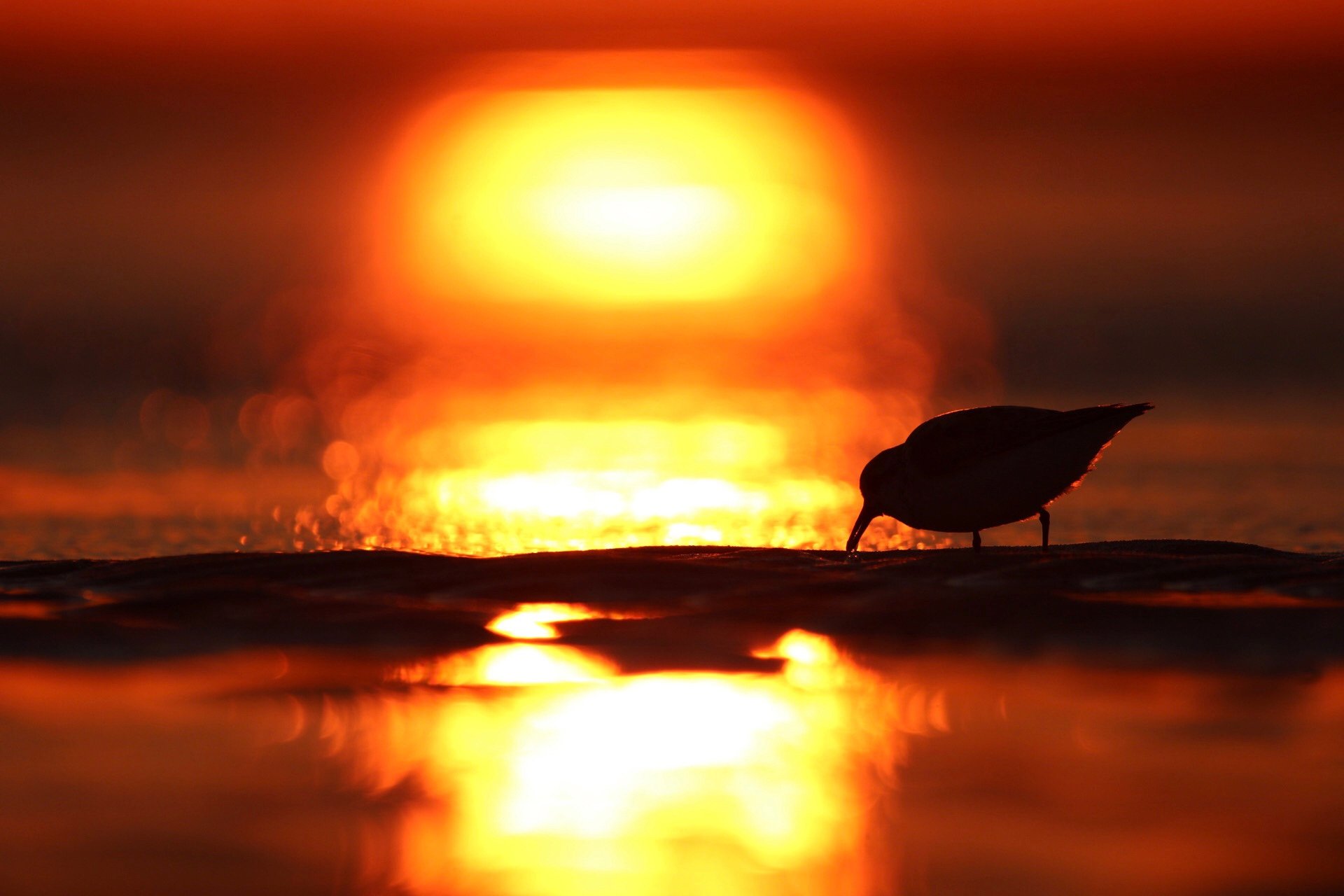Nature Activities
Wildlife Tracking in Winter
Curious about the critters that leave "footprints" on snow-covered yards and fields? Our naturalists can help you solve the mystery!
At one time, being able to read animal tracks was vital for survival. Today, identifying signs of wildlife can teach us a lot about the animals that live in our area.
More often than not, the tracks that you find will not be perfect or complete footprints. They might be partial prints or smudged and difficult to see. But you can use more than just the footprint to learn about the animal. Here are some tips to help you in your sleuthing.
Look For Patterns
If you can find more than one track, you should be able to determine a lot about the animal using something called “pattern classification.” Measure the length and straddle (the distance between right and left sides) of the stride to get an approximate size of the animal and a sense for the speed at which it was moving.
Look for the overall pattern of an animal’s tracks to help you figure out whether the animal is a stepper (like deer and canines), bounder (like weasels and mink), hopper (like squirrels and cottontails), or loper (like skunks). This tool can help you narrow a field of dozens of options to three or four choices very quickly. In open fields, look for the wing imprints of hawks and owls in the snow, which these birds leave behind when they swoop in to capture prey.
Focus on Details
If you have a nice, clear track, you can measure the width, count the number of toes, look for toenail impressions, and search for hair left behind in the track. In addition to width, you can also use the depth of the track to estimate the size and weight of an animal.
Don't Forget to Look Up
There’s more to tracking than prints on the ground. Knowing your surroundings will help you better understand what the animal was doing as it moved through the landscape. Are you around conifers or hardwoods, or in shrubland or meadow? Can you spot evidence of where an animal was snacking on a shrub or stalking prey in a field? Was it walking casually or running from a predator? Did it leave behind any scat (droppings) or regurgitated food pellets that might reveal its recent diet?
Keep Your Distance
When tracking animals, it’s important to remember that winter is a difficult time for many wildlife species. Energy conservation is crucial because food resources are limited. It’s best not to track animals back to their dens or bedding sites in hopes of a closer look—try tracking in the direction the animal came from instead. Or simply enjoy the stories left by their tracks, without causing them to expend any undue energy.
How to Start Tracking
Start tracking today! Check out our tracking guides for sale at the Mass Audubon Shop or join us for a program to have a Mass Audubon Teacher Naturalist lead the way.
Upcoming Tracking Programs
Winter Tracking
-
Broadmoor Wildlife Sanctuary, Natick
-
Saturday, January 10
9:00-11:00am
Adults
Animal Tracking in Winter
-
Blue Hills Trailside Museum, Milton
-
Saturday, January 10
10:00-11:00am
Adults
Nature Detectives: An Animal Whodunit
-
Arcadia Wildlife Sanctuary, Easthampton
-
Monday, January 19
2:00-3:30pm
Families - children 5 - 10 years
Latest News
See MoreWhy Learning to Track the Cape's Wildlife is a Good Idea
Keep ReadingLet It Snow: How to Get Outdoors This Winter
Keep ReadingScaling Up Our Impact to Protect, Restore, and Inspire
Keep ReadingStay Connected
Don't miss a beat on all the ways you can get outdoors, celebrate nature, and get involved.






